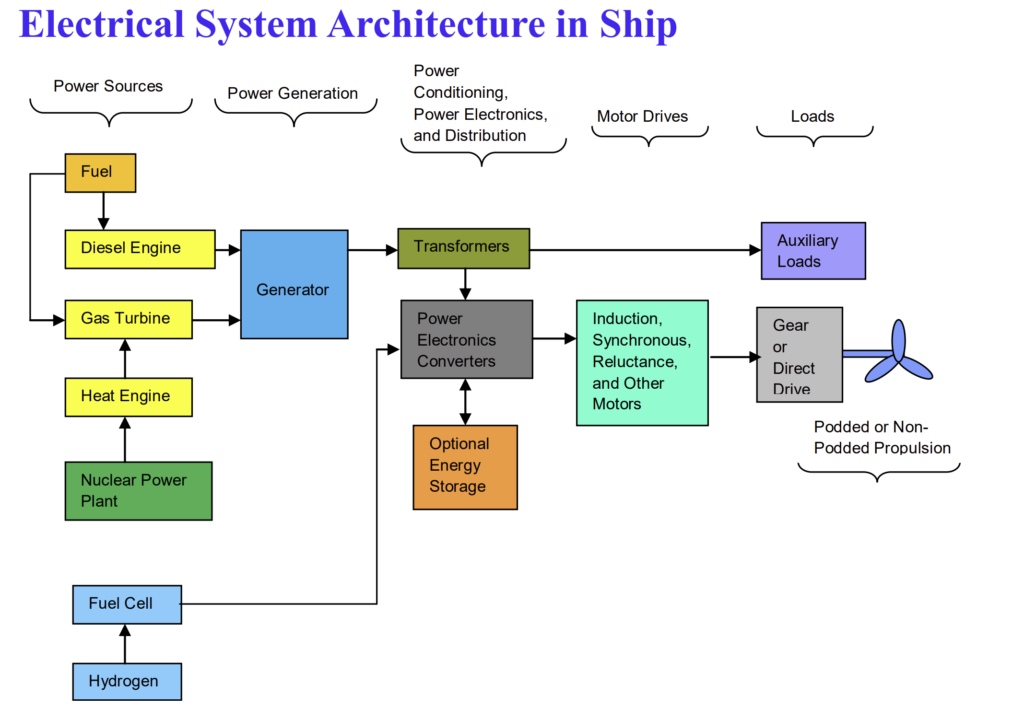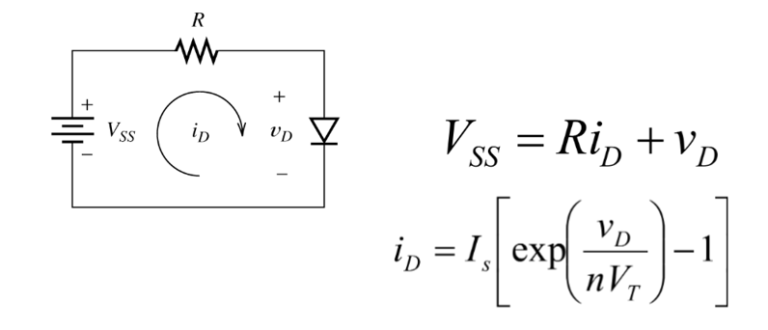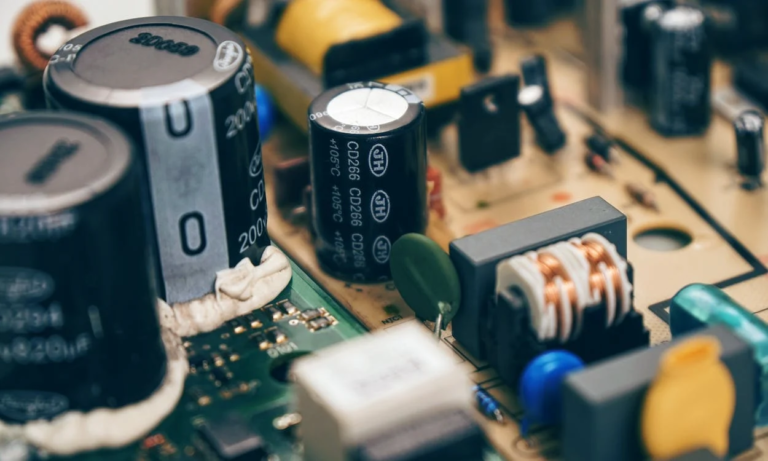Electrifying the Waves: A Deep Dive into Hybrid Electrical System Architecture for Ships
Today, we’re going to dive into the fascinating world of hybrid electrical system architecture for ships. The success of HEV for automotive applications has prompted other areas to be explored, namely – Ships, aircraft, and locomotives. It’s all about electrifying the waves and transforming the way ships are powered. So, buckle up and get ready for a deep dive into this exciting topic!

Introduction to Hybrid Electrical System Architecture for Ships
Alright, let’s start with the basics. The population system for ships has continually evolved in various stages from steam to diesel and now diesel-electric propulsion. The hybrid diesel-electric system in ships involves combining traditional power sources, such as diesel engines, with advanced electric propulsion systems and energy storage systems (ESS).

Initially, the motors were dc motors however with the advent of power electronics, the dc motors were replaced with robust induction motors with very good control. Another motor being used is a field-excited synchronous motor with better reliability and efficiency. This allows ships to operate using a combination of electrical and mechanical power, resulting in increased efficiency, reduced emissions, and improved performance.
Understanding the Components of Hybrid Electrical Systems
Now, let’s take a closer look at the key components of hybrid electrical systems in ships. There are several main components that work together to create an efficient and sustainable power system:
- The power source and power generation: the power source/generation of a ship typically includes diesel engines, gas turbines, or fuel cell electric motors that generate mechanical energy. Power generation on a ship usually involves the combustion of fossil fuels, such as diesel or heavy fuel oil, to produce mechanical power that drives the ship’s propulsion system or electrical generators.
- Energy Storage Systems (ESS): These systems store excess electrical energy generated by the ship’s power sources, such as regenerative braking or surplus power from the engines. ESS can use various technologies, including lithium-ion batteries, fuel cells, or capacitors, to store energy for later use when the ship requires additional power.
- Power Conversion Systems (PCS): PCS also known as the power electronics and distribution system is responsible for managing the flow of electrical energy between the ship’s power sources, the ESS, and the electric propulsion systems. They convert the electrical energy into the required voltage, frequency, and current to power the ship’s electrical loads and propulsion systems efficiently.
- Electric Propulsion Systems: These motor drive systems use induction/ synchronous/ reluctance motors or thrusters to propel the ship. Electric propulsion systems can be powered directly by the ship’s power sources, or by using energy from the ESS. They offer precise control, improved maneuverability, and reduced noise and vibration compared to traditional mechanical propulsion systems.

How does pod propulsion work?
Pod propulsion, also known as azimuth thruster or podded propulsion, is a type of ship propulsion system where electrically-driven propulsion units, called pods, are located outside the hull of the ship. Size of the pod can be very large, can be like 10 or 12 feet in diameter. Power electronics system is located within the main body of the ship and electrical wiring is run to the pod, which houses the motor. Propulsion motor shaft is connected to the propellers.
These pods can rotate 360 degrees, allowing for precise control over the ship’s speed and direction, this eliminates the need to have a rudder in the ship.. Each pod typically houses an electric motor that powers a propeller, providing thrust for propulsion. Pod propulsion offers improved maneuverability, efficiency, and reduced noise and vibration compared to traditional propulsion systems, making it popular in modern ships, particularly cruise ships and ferries.

Benefits of Hybrid Electrical System Architecture for Ships
Now, let’s talk about the exciting benefits of using hybrid electrical system architecture in ships.
- Reduced Emissions and Environmental Impact: One of the most significant advantages of hybrid electrical systems is their potential to reduce emissions and minimize the environmental impact of ships. By utilizing electric propulsion systems and energy storage, ships can significantly lower their CO2 emissions, air pollutants, and noise pollution. This contributes to a cleaner and more sustainable maritime transportation industry, helping to protect our oceans and the environment.
- Increased Fuel Efficiency and Cost Savings: Hybrid electrical systems can significantly improve fuel efficiency in ships. By optimizing the operation of the ship’s power sources and utilizing energy storage, ships can reduce fuel consumption, resulting in cost savings on fuel expenses. Additionally, regenerative braking and energy recovery from exhaust gases can further enhance the overall efficiency of the system, making it more economical in the long run.
- Enhanced Performance and Flexibility: Electric propulsion systems offer enhanced performance and flexibility compared to traditional mechanical propulsion systems. They provide precise control over the ship’s speed, direction, and maneuverability, allowing for smoother operations and improved safety. Electric propulsion systems also eliminate the need for complex gearboxes and reduce maintenance requirements, resulting in increased reliability and uptime. Moreover, the ability to switch between different power sources, such as diesel engines and energy storage systems, offers flexibility in power management, allowing ships to adapt to varying operational conditions and optimize their performance accordingly.
Challenges and Future Outlook of Hybrid Electrical System Architecture for Ships
While hybrid electrical system architecture for ships offers numerous benefits, it also presents some challenges and considerations.
- Technical and Operational Challenges: Implementing and managing hybrid electrical systems in ships requires sophisticated technologies and expertise. Integration of various components, such as energy storage systems, power conversion systems, and electric propulsion systems, requires careful engineering and system design. Moreover, ensuring proper maintenance, monitoring, and control of the complex system can be challenging, requiring a well-trained crew and advanced automation. Additionally, the availability and accessibility of charging infrastructure for energy storage systems, such as shore power or renewable energy sources, may also pose challenges in some locations.
- Adoption and Implementation in the Shipping Industry: Widespread adoption of hybrid electrical system architecture in the shipping industry requires significant investments, regulatory frameworks, and industry-wide collaborations. Retrofitting existing ships with hybrid electrical systems may involve high costs and technical challenges. Moreover, the shipping industry has a long history of relying on traditional power sources, such as fossil fuels, and transitioning to hybrid electrical systems may require changes in mindsets, policies, and business models. However, the growing awareness of environmental concerns and regulatory pressures to reduce emissions are driving the adoption of cleaner and more sustainable technologies, including hybrid electrical systems, in the shipping industry.
- Future Trends and Innovations: The future outlook of hybrid electrical system architecture for ships looks promising. As technology continues to advance, we can expect to see further innovations and improvements in hybrid electrical systems for ships. This may include the development of more efficient and advanced energy storage systems, such as solid-state batteries or hydrogen-based systems. Additionally, advancements in power electronics and digitalization may enable better monitoring, control, and optimization of hybrid electrical systems, enhancing their performance and efficiency. Furthermore, the integration of renewable energy sources, such as solar or wind, into hybrid electrical systems may further reduce emissions and enhance sustainability in ship operations.
Conclusion
In conclusion, hybrid electrical system architecture for ships is a promising technology that has the potential to revolutionize the maritime transportation industry. By combining traditional power sources with advanced electric propulsion systems and energy storage systems, hybrid electrical systems can offer reduced emissions, increased fuel efficiency, and enhanced performance and flexibility. However, there are also challenges and considerations that need to be addressed for widespread adoption and implementation in the shipping industry. As technology continues to evolve and awareness of environmental concerns grows, hybrid electrical systems are expected to play a significant role in shaping the future of sustainable shipping. So, let’s keep an eye on this electrifying trend and see how it unfolds in the coming years. Stay tuned for more exciting updates!






